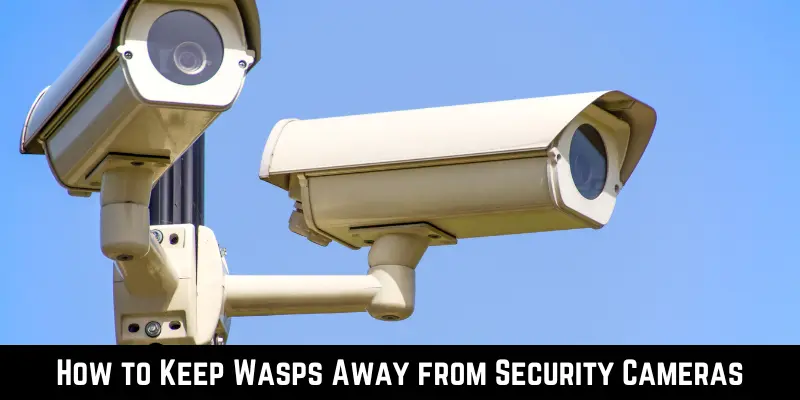In today’s era of advancement and security concerns, almost everyone has installed security cameras in their house or office. However, the wasps love the structure of these cameras and love to construct nests there. Now, the question is: how to keep wasps away from security cameras?
There are several ways to keep wasps away from security cameras. You can ward them off using techniques, including switching off the LED lights, wasp repellents, hanging dryer sheets, wrapping the camera in a flea collar, using insecticides, and covering the garbage cans.
Do you want to know the details of all these methods to ward off wasps from your security cameras? If so, let’s read the below guidelines.
Why Are Wasps Attracted to Security Cameras?
Wasps are attracted to security cameras due to several reasons. Some of the reasons are given below.
Bright Light

For night vision, various security cameras come with built-in LED lighting. Light sources draw wasps, especially in the evening when they are most active. It makes an ideal target for wasps to reside in cameras. Even bright light can attract wasps from a mile away. To make matters worse, security cameras are sometimes placed in regions with little to no natural light, making them a wasp magnet.
Warmth of Electrical Parts
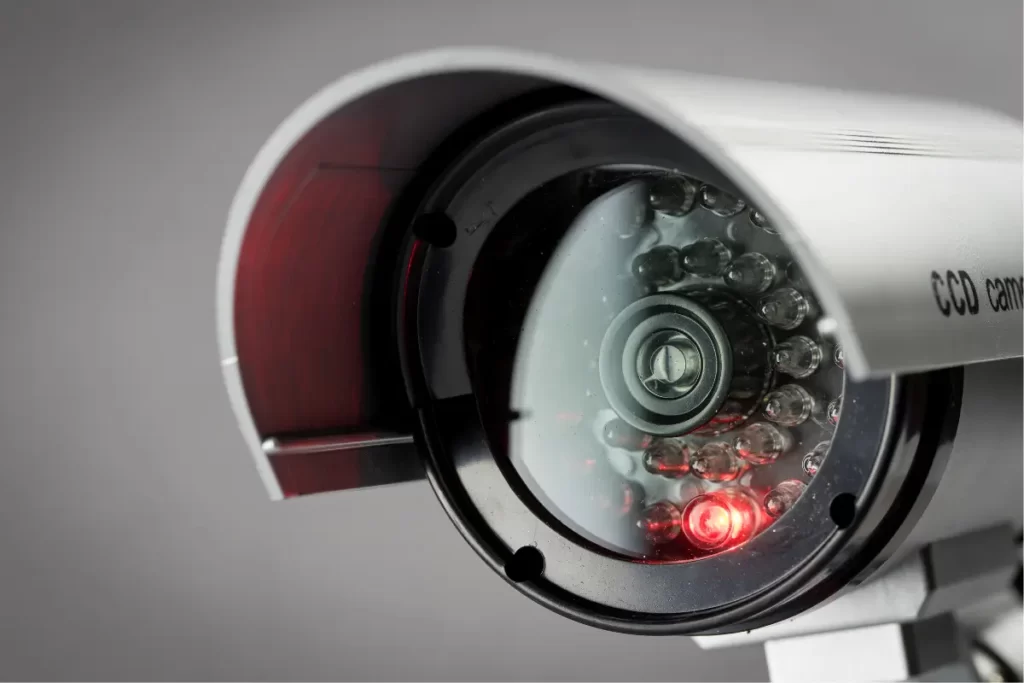
Warmth attracts wasps because it indicates a potential nesting spot. Electrical components in security cameras can generate heat while operating, especially if they are running continually or in a sunny location. This warmth can replicate the circumstances that wasps seek while hunting for a spot to establish their nests.
Moreover, as wasps are known to be temperature sensitive, they may be attracted to the warmth released by these components. So, when they smell warmth, they may inspect the region further, and if conditions are favorable, they may establish a nest there.
The Odor of Metal and Plastic Components
Wasps are also attracted to the odor of metal and plastic components of security cameras. Although they are generally attracted to sweet products, protein foods, and sweet scents, the aroma of metal and plastic also draws them. Particularly during summer, wasps may find these materials attractive due to their strong odor.
Nesting Spot
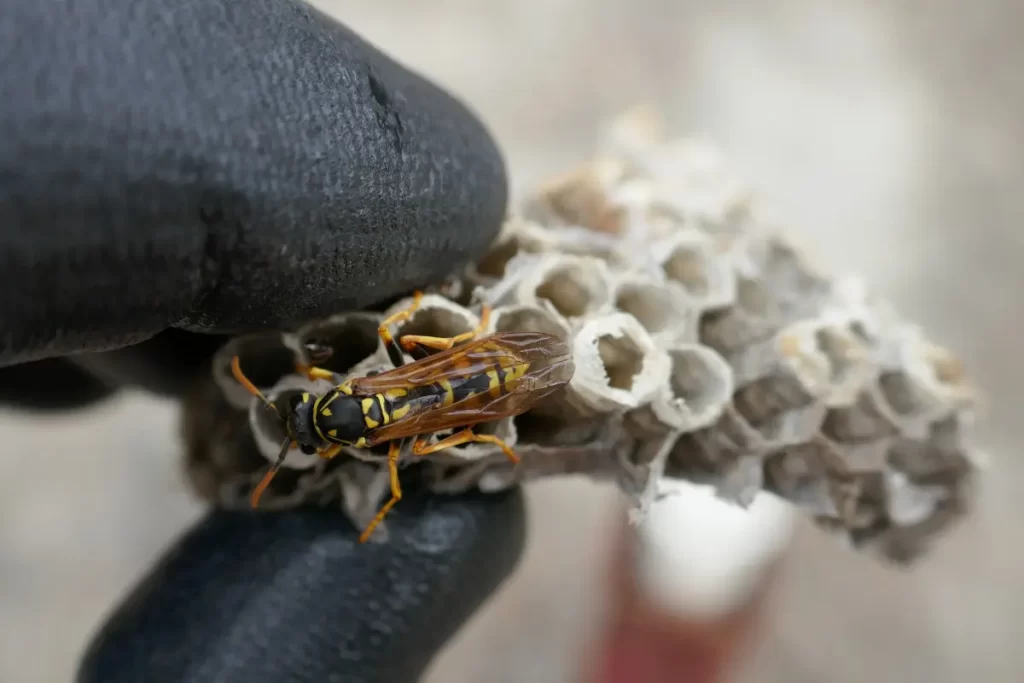
The site of a security camera may attract wasps as a potential nesting site. Wasps may find the perfect place to make their nests in security cameras because of their nooks, crevices, and frequently ignored areas. As security cameras are mounted high up on walls and ceilings, this elevation protects the wasp nest.
Moreover, the design of security cameras resembles the natural nesting sites of wasps, including trees and other protected locations. However, it’s important to note that not all cameras can attract wasps. All of it depends on the site, design, and surroundings of the cameras.
How to Keep Wasps Away from Security Cameras
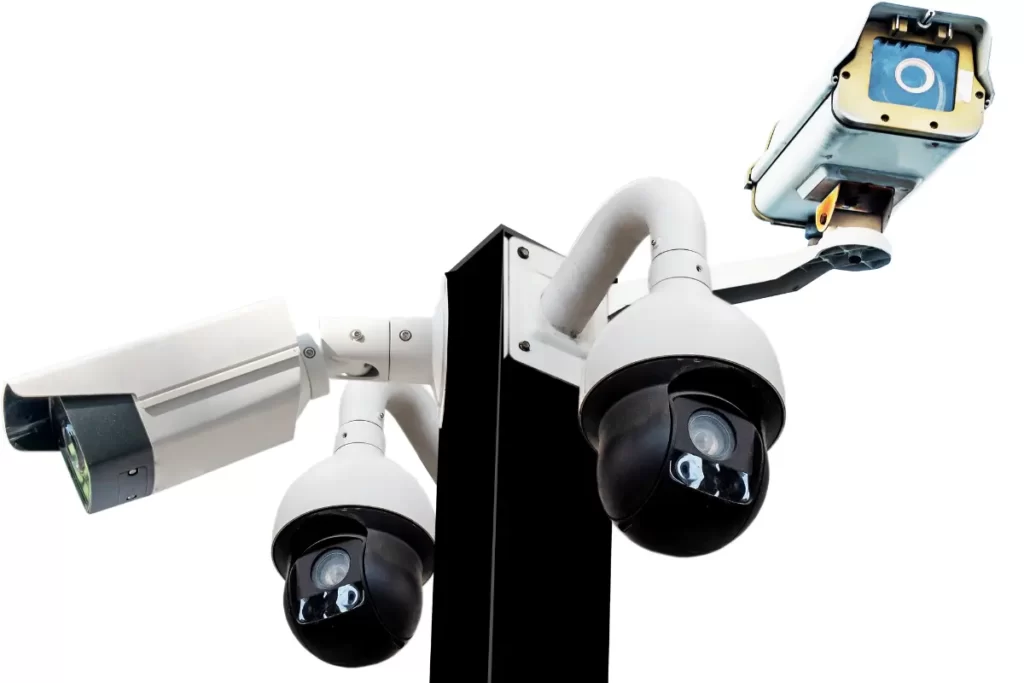
If you are worried about the wasps in your security cameras, below are some ways to keep them away.
Switch Off LED Lighting
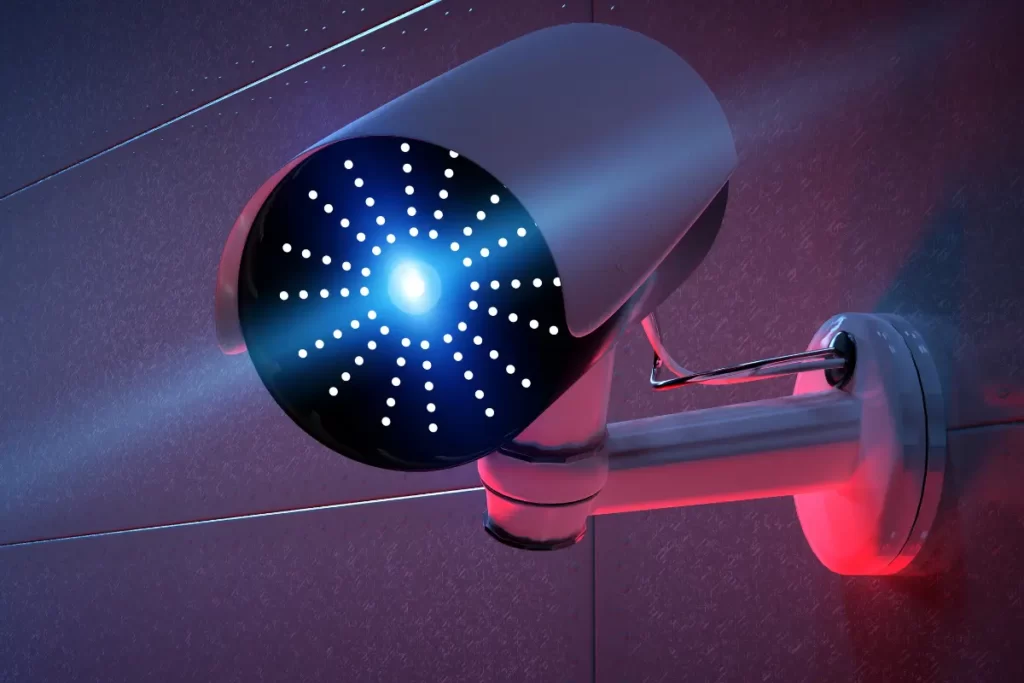
Many insect species, including wasps, respond quite well to LED lights and typically build their nests near these sources. Wasps are usually drawn to security camera LED lights because they emit ultraviolet and blue light, which insects find pleasant. Therefore, it’s best to turn off any LED lights attached to your security cameras.
Moreover, security cameras frequently employ infrared LEDs for night vision. To avoid drawing wasps during the night, you can switch off these IR LEDs in the camera’s settings. If there’s no built-in way to turn off the LEDs on your camera, you can cover them with electrical tape or black paint. Above all, when dimming the lights, avoid damaging the camera.
Employ Wasp-Repellent Sprays

Employing wasp-repellent sprays is an effective way to keep wasps away from security cameras. First, you should look for sprays designed to deter wasps or bees. These sprays contain ingredients like pyrethrin or pyrethroids that repel wasps. After that, inspect your security cameras to identify the wasps’ nests.
Clean the surrounding areas of the cameras to remove any food particles and debris. Apply the spray on cameras when wasps are less active, especially at dawn and dusk. You may need to reapply the spray, especially after rain. Remember that although wasp-repellent sprays are helpful, you should always use them carefully and adhere to the product’s safety instructions.
Grow Wasp-Repellent Plants
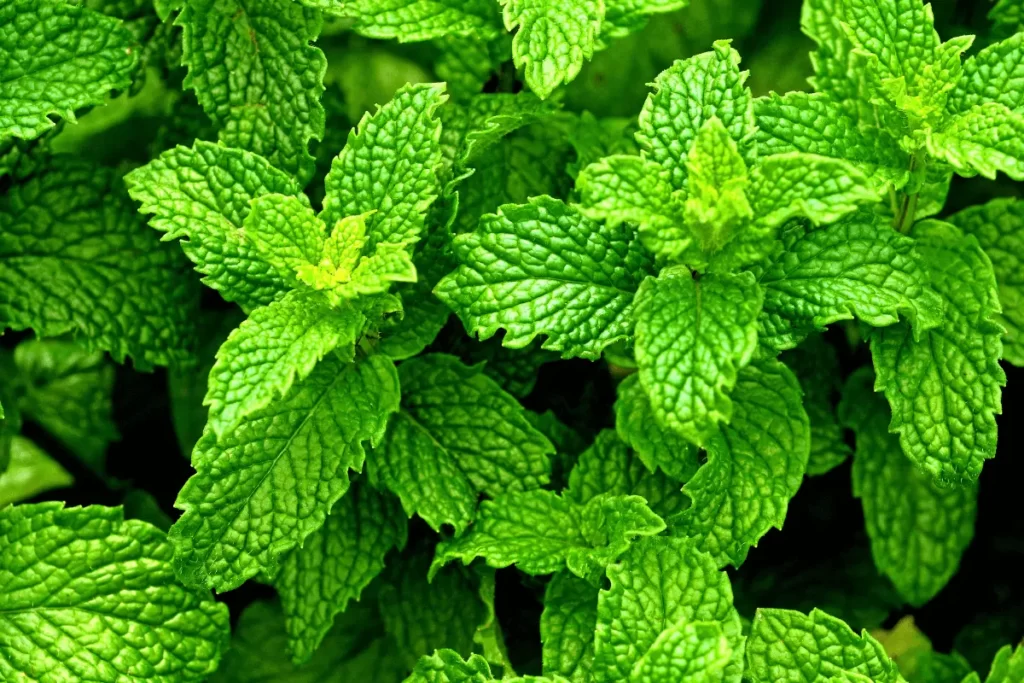
One helpful strategy to keep wasps away from your security cameras is to use plants that naturally repel them. Wasps avoid these plants because they release an odor that offends them. Such plants include peppermint, spearmint, lemongrass, and marigold. All these plants emit a pungent odor that wasps don’t like and leave the area where you plant them.
Plant the selected plants in pots or directly on the ground near your security cameras. Position them so that the aroma of the plants reaches the cameras. Above all, make sure the plants are healthy and well-maintained. Prune them regularly to promote new growth and unleash their smells.
Apply Essential Oils to Security Cameras

Essential oil is another effective way to keep wasps away from security cameras. These essential oils include peppermint, lemongrass, wintergreen, spearmint, rosemary, lavender, citronella, and thyme. The Journal of Pest Management Science states that these essential oils have repelling effects on wasps.
To use these oils, you can take a small amount of water in a spray bottle and add a few drops of any of these oils. Mix it well, and spray it on your security cameras to deter wasps. However, while some essential oils have repelling effects, there may be better methods than applying them directly to your security cameras. It is because these oils could harm the camera or attract other pests.
Cover Your Garbage Cans
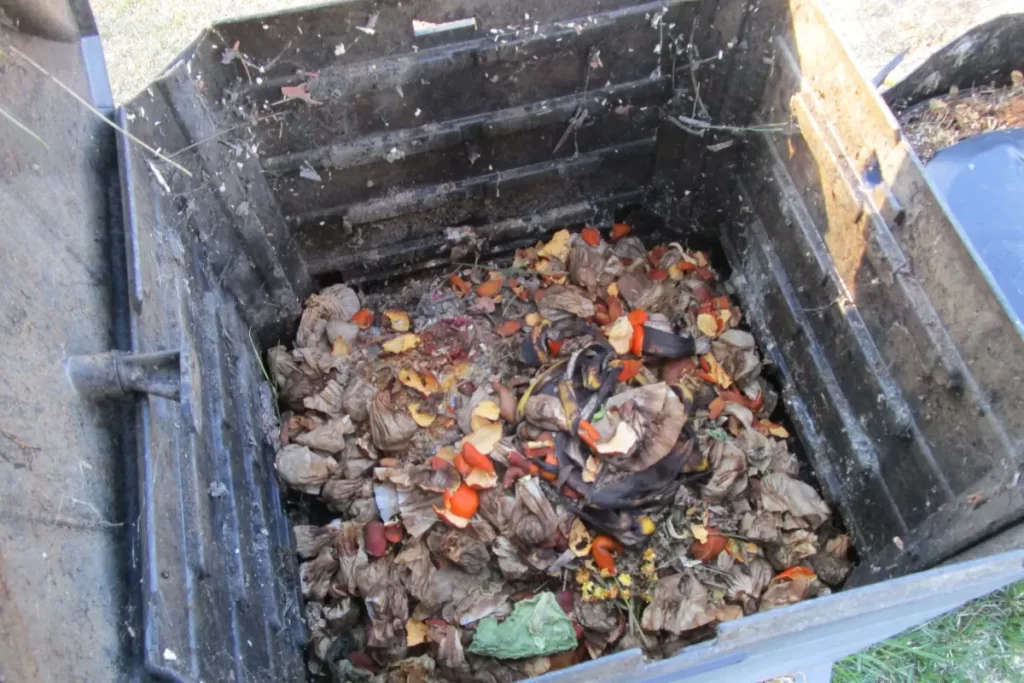
Keeping wasps away from security cameras by covering garbage cans is an excellent technique to prevent them from breeding and maybe blocking the view. Ensure that the lids on your trash cans fit snugly and seal correctly. It will stop wasps from getting to the contents.
Moreover, put trash bags into your garbage cans. It keeps the cans clean and provides an additional defense against odors. Don’t overfill your garbage cans because it can make the areas more attractive to wasps. Furthermore, clean your garbage cans regularly to remove any leftover food debris.
Hang the Dryer Sheets
Strong-smelling dryer sheets may help keep wasps from building their nests next to your security cameras. To hang a sheet on your security cameras, choose a sheet with a strong scent. Cut the sheets into pieces that are big enough to hang next to your security cameras.
Glue the sliced dryer sheets to the casing of your security camera. You can accomplish this by using twist ties or tying them with twine. When hanging the dryer sheets near the cameras, ensure they don’t block the view or impede the way they work. As dryer sheets lose their scent over time, you should replace them with fresh ones.
Fill in Any Holes or Cracks
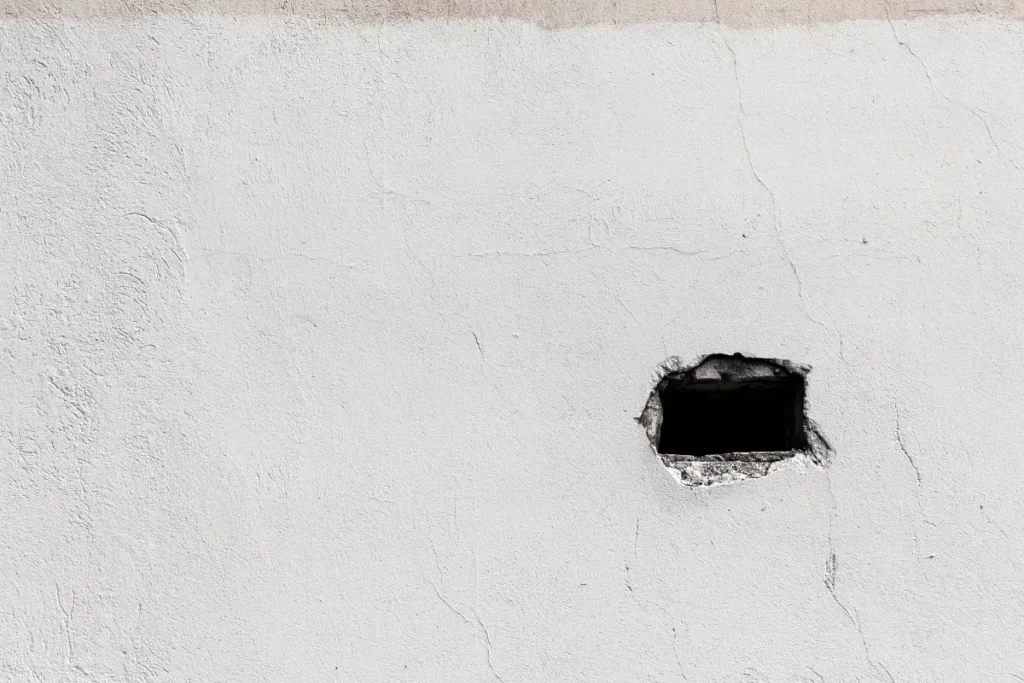
Sealing all the entry points or holes near your security cameras is another best way to ward off wasps. Look for gaps, cracks, or openings near the security cameras. You can use caulk or other materials to fill these gaps or cracks. To keep wasps out of your security camera, consider sealing any ventilation holes with a screen or mesh to keep them closed.
If a wasp is unable to build a nest on your camera, it will search for gaps or fractures in the area surrounding it. Therefore, you should regularly inspect the area around the camera to make sure there are no new gaps or openings that could allow wasps to enter.
Clean Your Cameras Regularly
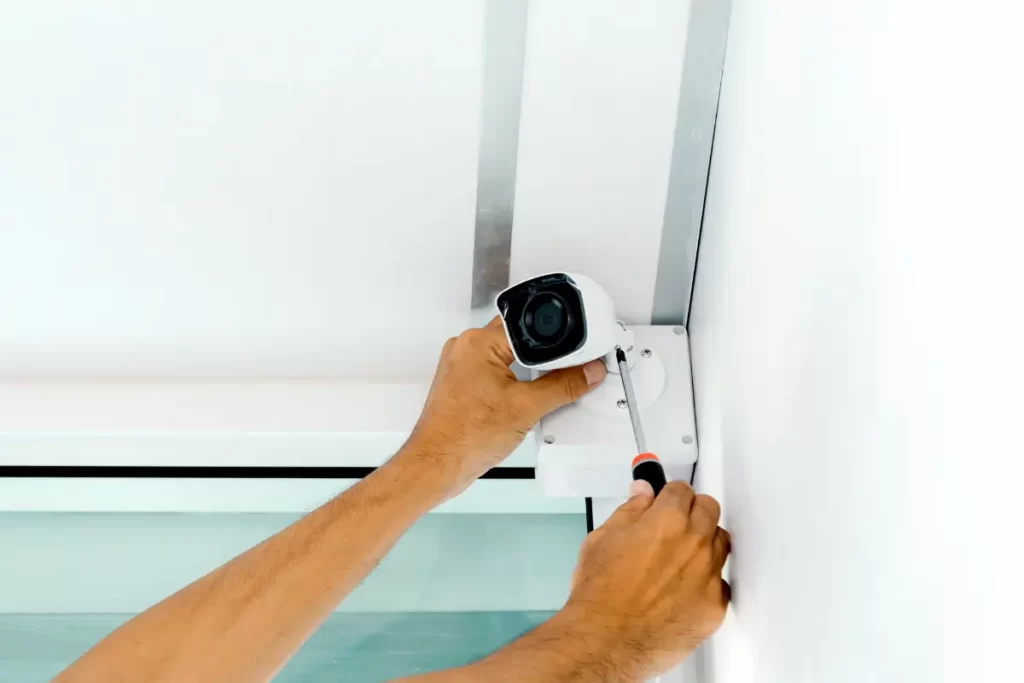
Regular cleaning is an essential factor in keeping wasps away from your security cameras. It is best to clean your cameras every two to four weeks. It aids in reducing debris, pollen, and other materials that may serve as wasp magnets. Make use of a non-abrasive, gentle cleaning solution. Usually, a mixture of warm water and mild dish soap works well.
Moreover, you can use a soft cloth or brush to gently wipe away dirt and debris from the camera lens and housing. To prevent damaging the camera, stay away from using abrasive or strong chemicals.
Wrap the Camera Base in a Flea Collar
You can also keep the wasps away from cameras by wrapping them in a flea collar. These collars have a strong scent that wasps don’t like and will stay away from them. One good technique to keep bugs, like wasps and bees, away from the camera is to ensure the flea collar doesn’t obscure the lens or place it in a way that could trip any switches.
Although you can ward off wasps using a flea collar, it might not be the best idea to use it to deter wasps from approaching security cameras as it could endanger your safety or harm the device.
Use a DIY Wasp Trap

If you can’t ward off wasps from your security cameras, you can make a DIY wasp trap. For this, you may need things, including a plastic bottle, sharp scissors, sweet liquid bait, vinegar, and dish soap. First, cut the bottle using scissors to shape it like a funnel. Take the top part of the bottle and flip it upside down in the other part of the bottle, making a funnel.
If gaps exist between the funnel and the bottle, seal them using tape. Now, pour a mixture of sweet liquid bait in it. Attach a sting with it and hang it near your security cameras. As soon as the wasps attract to it, they’ll get trapped. I have used this method, and it gives excellent results.
Include Petroleum Jelly in the Area
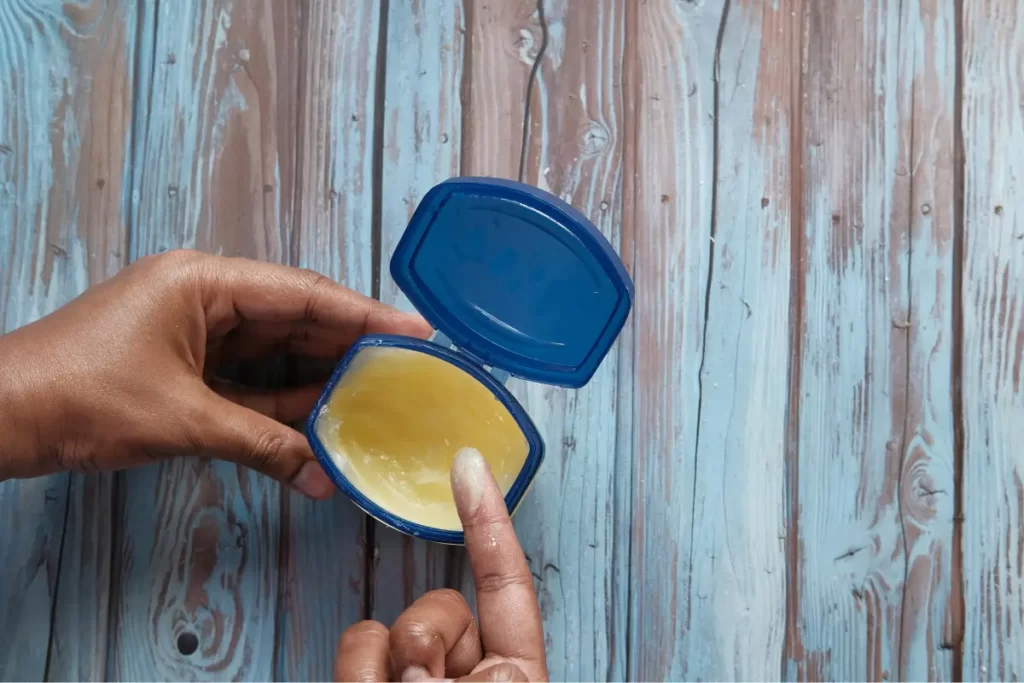
Using petroleum jelly to keep wasps away is another popular DIY method. Make sure there is no dust, dirt, or spiderwebs in the area surrounding the security camera before applying petroleum jelly. Now, take a little paintbrush or applicator and dip it into the petroleum jelly.
Cover the camera and any other surfaces that wasps might use as a nesting site with a small amount of petroleum jelly, and apply it evenly and gently. Remember, you may need to reapply the petroleum jelly every few weeks or months, depending on the local wasp activity and the weather.
Use a Fan
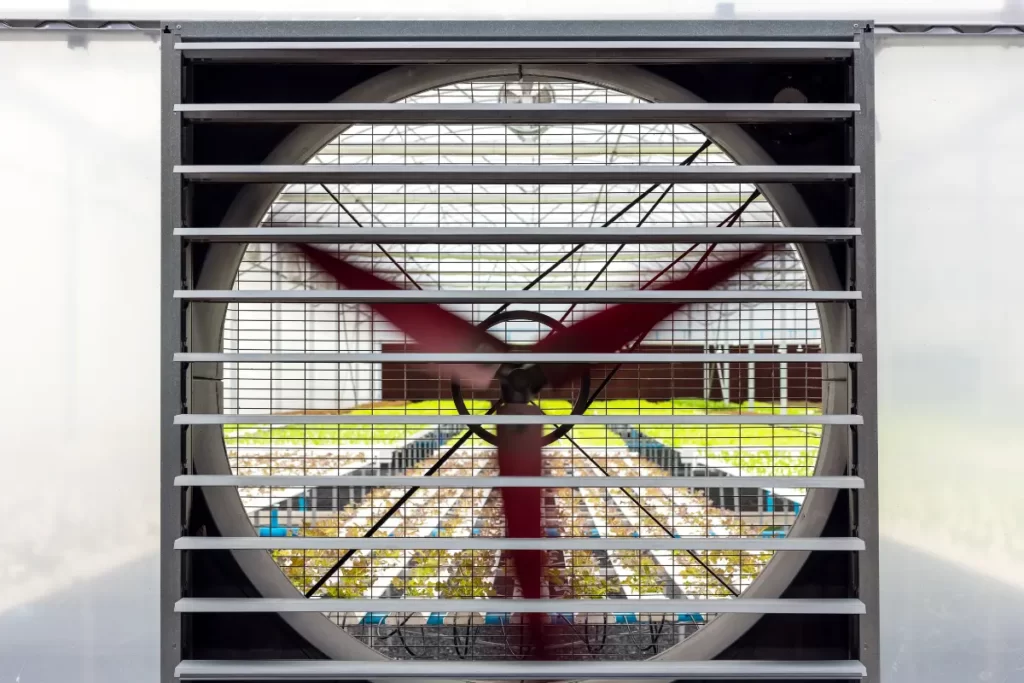
One gentle and efficient method of deterring wasps from approaching security cameras is to use a fan. Choose a fan that is appropriate for outdoor use. It ought to be built to resist a range of weather circumstances. Further, to manage the airflow, choose a fan with speed-adjustable settings.
Make sure the fan covers the area surrounding the security camera by positioning it close. Adjust the fan’s direction so the security camera receives a constant air stream. Because of this, wasps will find it harder to live in this area. Moreover, ensure the fan runs constantly, especially on warm, bright days when wasp activity is at its peak.
Employ Lubricants
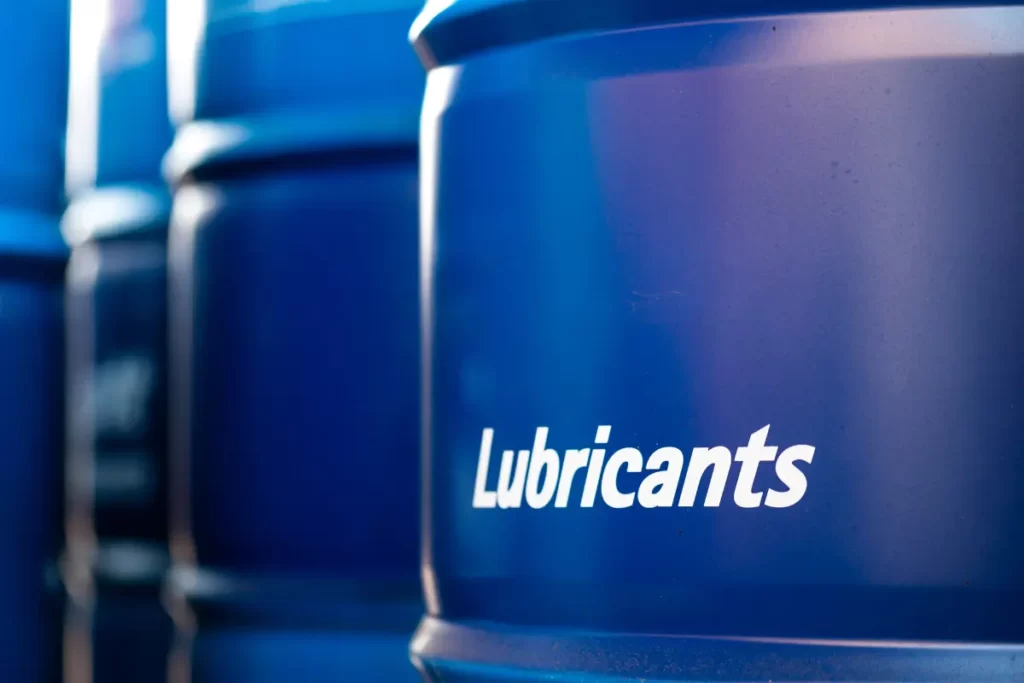
An unusual but potentially helpful technique is to use lubricants to keep wasps away from surveillance cameras. Before applying any lubricant, including Vaseline and Teflon spray, ensure the camera lens is clean and free of dust, dirt, or existing wasp nests.
Apply a small amount of preferred lubricant to a clean cloth or paper towel. Rub it gently on the locations where wasps cluster. Pay special attention to the regions around the camera lens, the mount, and any cracks where wasps could make nests. Above all, regularly check the camera to ensure the lubricant is still in place and effective. If you notice wasps returning, reapply the lubricant.
Snip Off Nearby Foliage

Trimming adjacent foliage can help keep wasps away from security cameras by removing potential nesting places and discouraging them from constructing nests. First, examine the area around the security camera for overgrown or dense foliage that could give wasps nesting options.
Determine whether branches or foliage should be pruned to make a clean space around the camera. Take caution not to harm any critical plants or structures. Now, trim the indicated foliage with pruning shears or scissors. After that, dispose of the cut bushes in a trash bag or compost pile.
Use Physical Barriers
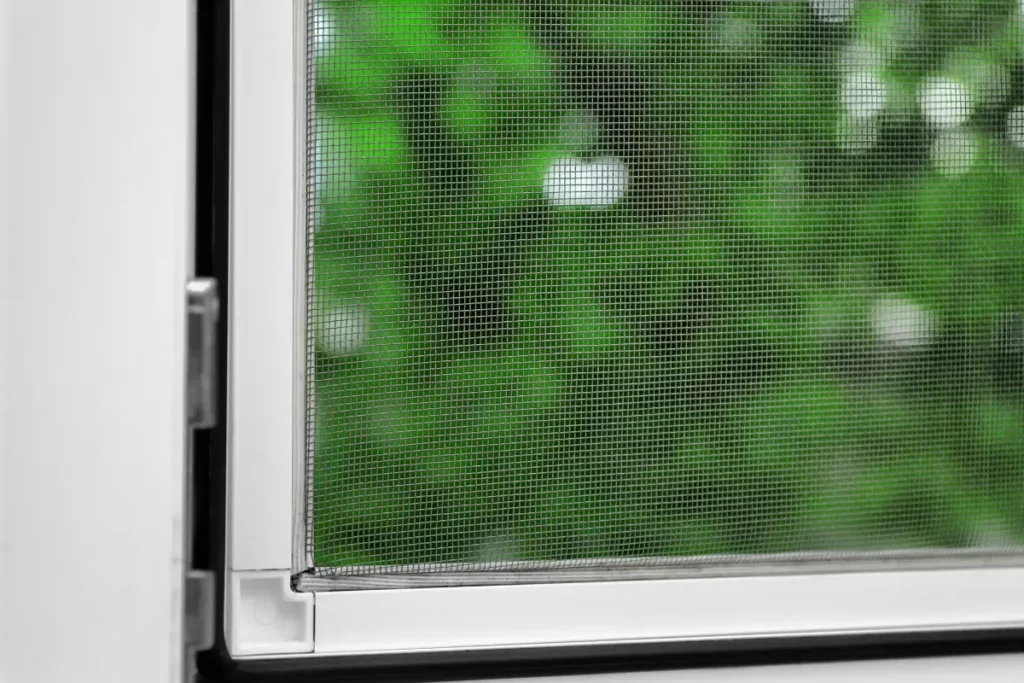
Employing a physical barrier is another effective way to keep wasps away from your cameras. You can use fine mesh screens or netting to cover the openings around the camera. However, ensure the mesh is tight enough to prevent wasps from passing through.
You can install a plastic or glass dome around the camera. If the dome contains ventilation holes, ensure they are tiny enough to keep wasps out. Moreover, inspect your security cameras regularly for any sign of wasp’s activity and presence; if you notice any, remove them immediately.
Stay Vigilant
The best preventive measure against wasps is to stay vigilant. No matter which strategies you use, whether alone or in combination, you must do weekly rounds on the property to ensure they are effective.
Weather and other natural occurrences modify conditions, so keeping a constant eye on the camera, its immediate surroundings, the state of the house itself, and the yard for any symptoms of insect multiplication will save you time and money and keep you safe in the long term. Therefore, keeping an eye on your cameras is a crucial point to ward off wasps.
Can Wasps See in Infrared?
No, wasps can’t see in infrared. They lack a specific sort of receptor in their eyes that is required to receive this wavelength of light. Wasps have compound eyes that are made up of numerous small components known as ommatidia. These structures can detect different colors within the visible spectrum, but they cannot see infrared light.
Infrared vision is present in some creatures, such as snakes and bats, as well as in some specialist technologies, but it is not a part of wasp vision. However, wasps sense and respond to environmental stimuli using their compound eyes, and they are more sensitive to colors and patterns in the visible light spectrum. Instead, they use their excellent sense of smell to find food and mates.
How Can You Prevent Wasps from Building Nests Near Security Cameras?
You can prevent wasps from building nests near your security cameras by following the below steps:
- Regularly inspect the area to ensure no existing nests or signs of wasps near the cameras.
- Hang fake wasps’ nests near the cameras to prevent real wasps from building nests in the area.
- Apply a wasp repellent spray around the area, including commercial, DIY, and natural repellents to deter wasps.
- Fill up any cracks, holes, or gaps surrounding the camera mounting area or adjacent structures.
- Remove any food or waste that could attract wasps. Check that trash cans are firmly closed.
- As wasps are attracted to light, consider using motion-activated lights around the area instead of leaving them on continuously.
- Moreover, install fine mesh screens or netting around the camera or neighboring structures to keep wasps out physically.
Final Verdict
Keeping wasps away from your security cameras is a challenging task. However, you can use various strategies, including switching off the LED lights, using essential oils and insecticides, growing repelling plants, installing physical barriers, and cleaning the cameras regularly.
Additionally, knowing how to keep wasps away from security cameras is essential if you want your video footage to be protected. Moreover, wasps are drawn to pleasant odors and dampness, so removing these attractants will help keep them away. However, if there is a giant wasp’s nest near or inside your security camera, you should ask for help from an expert.
FAQs
As wasps are drawn to bright and light shades, dark shades, like black and blue, can keep wasps away from your security cameras. However, there is no specific color that will reliably keep wasps away from security cameras. The color of a security camera is unlikely to have a significant effect in attracting or deterring wasps.
References
Zhang QH, Schneidmiller RG, Hoover DR. Essential oils and their compositions as spatial repellents for pestiferous social wasps. Pest Manag Sci. 2013 Apr;69(4):542-52. doi: 10.1002/ps.3411. Epub 2012 Oct 19. PMID: 23081867.
